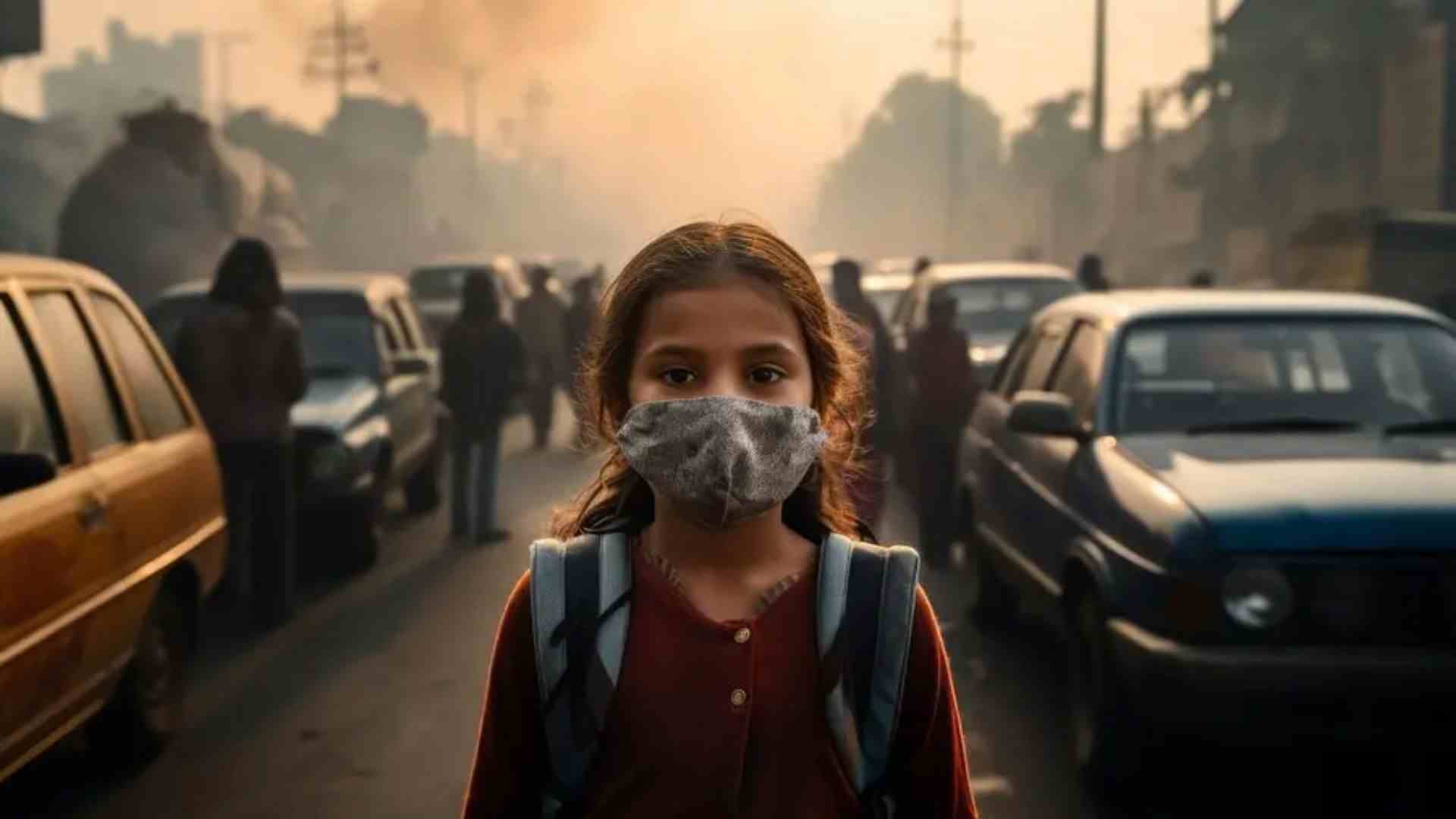The air quality in Delhi has dropped to the ‘poor’ category, with an average Air Quality Index (AQI) of 271 this morning. According to the Central Pollution Control Board (CPCB), the AQI readings were 302 at Anand Vihar, 193 at Chandni Chowk, 280 at ITO, 273 at IGI Airport, 321 at Wazipur, 239 at Lodhi Road, and 312 at Narela. On Tuesday, the 24-hour AQI in Delhi was recorded at 304.
Mahesh Palawat from Skymet Weather Services told PTI, “This wind pattern has kept stubble-burning smoke away from reaching the national capital. While the wind speed was moderate in the afternoon, it has calmed since then. The improvement in air quality is largely due to this wind pattern.”
According to the World Health Organization (WHO), air pollution is defined as “contamination of the indoor or outdoor environment by any chemical, physical or biological agent that modifies the natural characteristics of the atmosphere.” The AQI scale is categorized as follows: 0-50 is “good,” 51-100 is “satisfactory,” 101-200 is “moderate,” 201-300 is “poor,” 301-400 is “very poor,” 401-500 is “severe,” and above 500 is classified as “severe plus.”
Air pollution can have severe health consequences, particularly for children. Here’s how poor air quality affects their health:
Respiratory Issues
Children are more prone to respiratory problems such as asthma and bronchitis due to their smaller lungs and developing respiratory systems. Pollutants like particulate matter (PM2.5 and PM10) and nitrogen dioxide can irritate airways, making it difficult for them to breathe and increasing the risk of chronic respiratory diseases.
Weaker Immune Systems
As children’s immune systems are still developing, they are more vulnerable to infections and diseases linked to air pollution. Exposure to harmful pollutants like sulfur dioxide and ground-level ozone can impair immune function, making children more susceptible to colds, flu, and other infections.
Impact on Brain Development
Exposure to pollutants, particularly heavy metals like lead and chemicals such as carbon monoxide, can negatively affect children’s brain development. Research indicates that these pollutants can lead to cognitive issues, reduced IQ levels, and attention deficits, resulting in long-term effects on learning, memory, and overall brain function.
Higher Risk of Allergies
Polluted air raises the likelihood of allergies in children. Chemicals like ozone and particulate matter increase the respiratory system’s sensitivity, causing allergic reactions to substances such as pollen and dust. This can lead to symptoms like itchy eyes, sneezing, and skin irritation.
Impact on Foetal Development
When pregnant women inhale polluted air, toxins can cross the placenta, adversely affecting foetal development. Such exposure raises the risks of preterm births, low birth weights, and developmental delays in infants.
Poor Physical Growth
Children exposed to elevated pollution levels may experience stunted growth due to the stress these pollutants place on their bodies. This includes limitations in both height and lung development. Chronic exposure may also lead to cardiovascular issues, impacting overall health.







